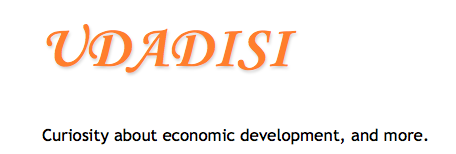Our investment theory of creativity (Sternberg & Lubart, 1991, 1995) is a confluence theory according to which creative people are those who are willing and able to “buy low and sell high” in the realm of ideas (see also Rubenson & Runco, 1992, for the use of concepts from economic theory). Buying low means pursuing ideas that are unknown or out of favor but that have growth potential. Often, when these ideas are first presented, they encounter resistance. The creative indi- vidual persists in the face of this resistance and eventu- ally sells high, moving on to the next new or unpopular idea.
The authors conclude:
Our fundamental premise is that creativity is in large part a decision that anyone can make but that few people actually do make because they find the costs to be too high. Society can play a role in the development of creativity by increasing the rewards and decreasing the costs. E. Paul Torrance was one of the pioneers in recognizing that creativity can be understood by scien- tific means. We are proud to follow in his footsteps.That is from Sternberg's (2010) article "The Nature of Creativity." This is the most read article in the Creativity Research Journal.

No comments:
Post a Comment